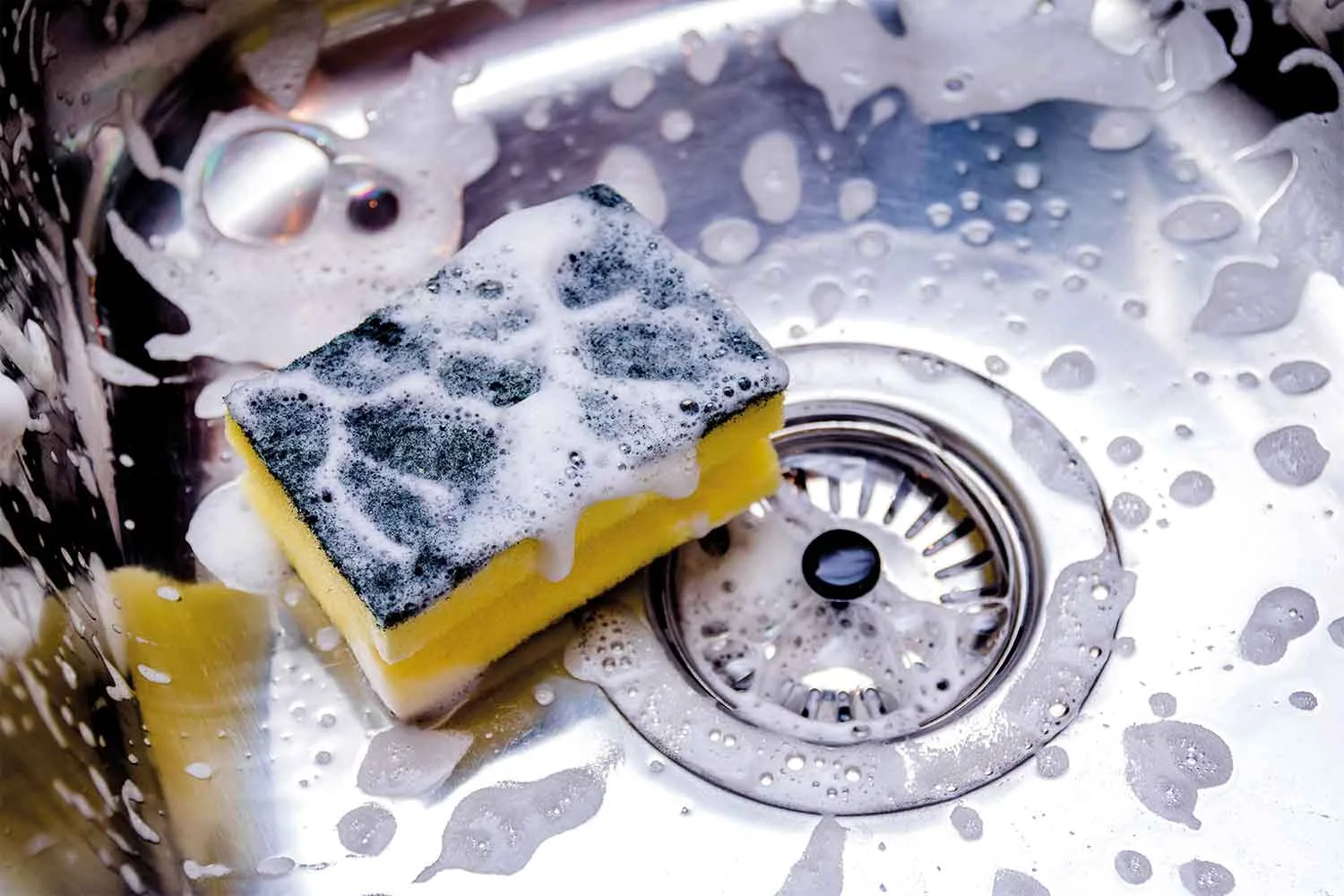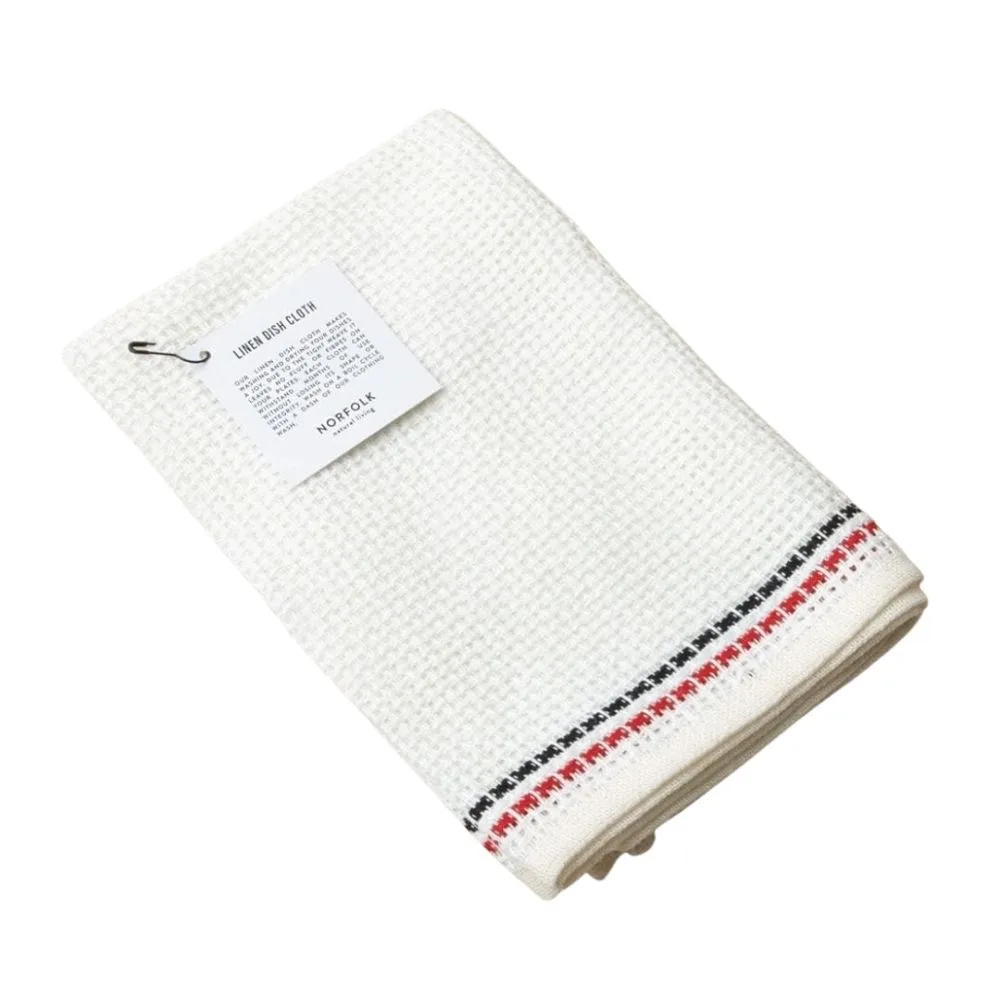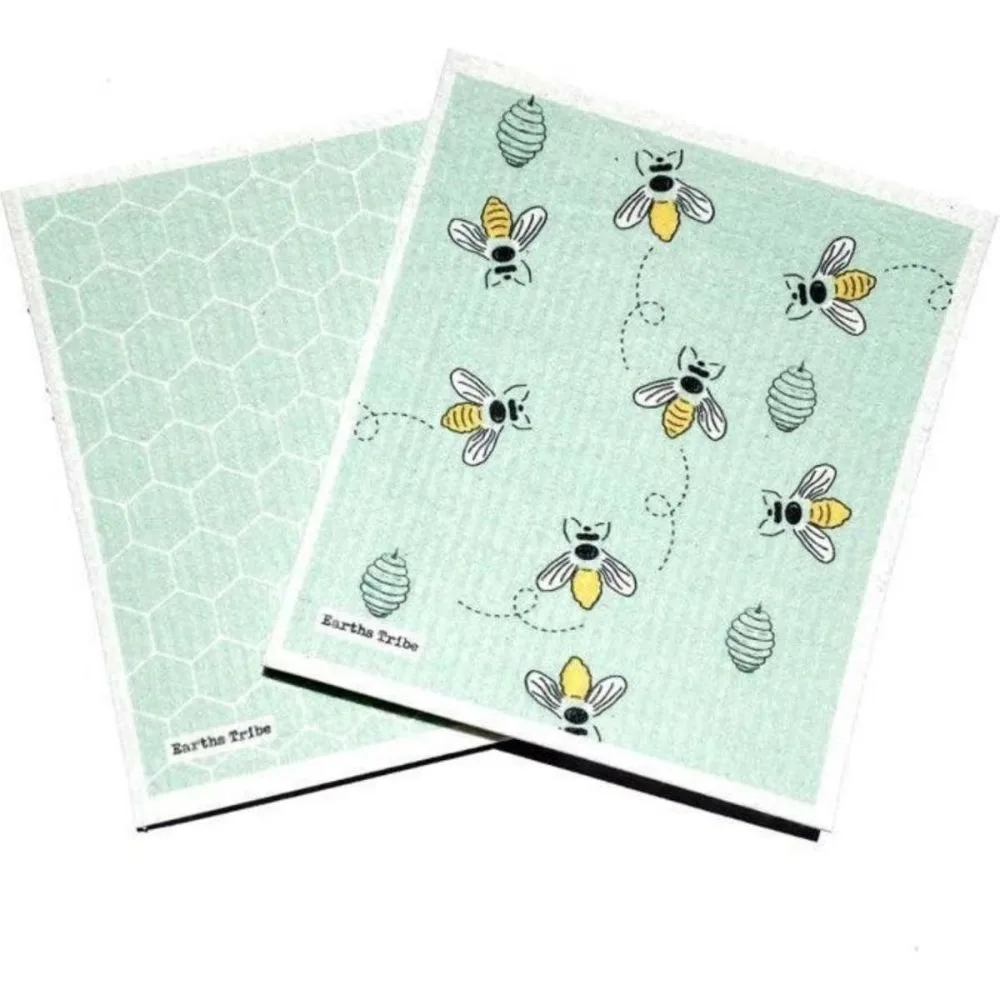One of the most important tools of your daily household routine could be harming you more than you ever imagined. Kitchen sponges see a lot of cleaning action at the sink each day but are, themselves, probably dirtier than you think. To avoid the spread of bacteria and harm to the environment, here are six things to ask of your sponge for kitchen cleaning and address before it’s too late.
1. What your cleaning sponge is made from
Using a sponge made from Polyurethane foam – usually bright yellow with a layer of plastic scourer attached – is harmful to the environment as they don’t break down in landfill once they’ve been thrown away. Ironic really, because they don’t last very long in a useful state before they need replacing.
A better alternative is a sustainable dish brush made from natural plant or wood fibres, which is usually more robust than polyurethane kitchen sponges and will decompose more readily as waste.
It’s important to note that even fabric-type cleaning cloths can have tiny microplastics in them too, which studies show have been found to enter both the seafood we eat and our own bodies too, via our food and the water we drink. Ick.
2. It contributes to the spread of germs in your house
Your kitchen sponge needs to be cleaned regularly and rigorously in order to stem the growth of bacteria within its many fibres and layers. During the course of each day, it will pick up and redistribute germs and bacteria to all areas of your kitchen surfaces – think benchtops, bins and fridge doors.
3. How often you should clean your kitchen sponge
Since it turns out that your kitchen is more likely to harbour bacteria than your bathroom, keeping things hygienic in the kitchen is almost a full-time job and your sponge is one of the worst offenders. A daily intensive clean is recommended with a good soak.
4. How to clean kitchen sponges
If you think it’s enough to zap your sponge in the microwave or pour a jug of boiling water over it to kill any lurking bacteria, think again. According to this report, these methods can reduce by up to 60% but not eliminate the presence of bacteria in your sponge. Try soaking your cleaning sponge in a solution of bleach to reduce the presence of bacteria further.

5. How often you should replace your kitchen sponge
Once a week is the recommended frequency, though once a month is essential at the outside. This can become expensive – particularly if you’re investing in cellulose sponges with the environment in mind. Alternatively, try swapping to an eco-friendly alternative like these reusable dishcloths, which can be washed with the rest of your laundry load and hung in the sun to kill bacteria.
6. You can reuse it for less sanitary tasks
Cut the corner off a sponge that has done its time in the kitchen. This is a visual reminder of it being downgraded to grubbier tasks such as outdoor and heavier-duty cleaning where it wont come into contact with food prep areas.
Shop eco-friendly kitchen sponges

01
Swedish dishcloths, 6-pack, Amazon
$12.89
Cute and colourful, you’ll never run out with this six-pack of fun!

02
Unpaper Towels eco-friendly reusable dishcloths, Hardtofind
$34
Say see ya later to smelly sponges and hello healthy environment with these colourful, machine washable cloths.

03
Norfold natural living linen dish cloth, Hardtofind
$24.95
Linen lovers unite! This is the OG of all-purpose cleaning cloths – hard-wearing and handsome with stylish striped detail.

04
Organic cotton reusable dishcloth, Banish
$39.95/ 3 pack
Choose your favourite colours and embrace the old-school nature of these hand-knitted dishcloths. When they finally wear out (after up to 4 years!) simply pop them in your compost to break down the 100% cotton yarn.

05
Earths Tribe cellulose sponge in Green, Woolworths
$12.95/ 2 pack
Just like the plastic version only friendly to the planet, these sponges are made from natural cellulose, so absorb up to 20 times their own weight! You won’t have any trouble mopping up spills around the house with these.
